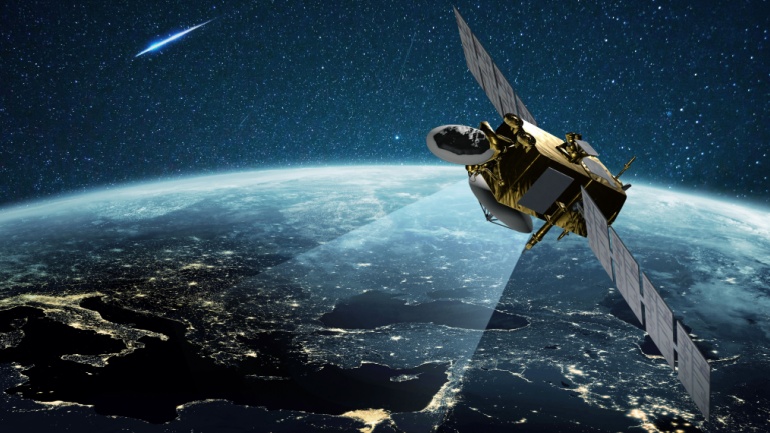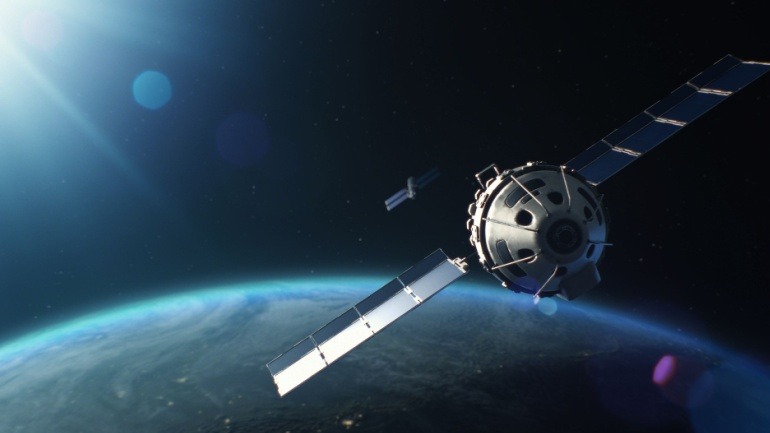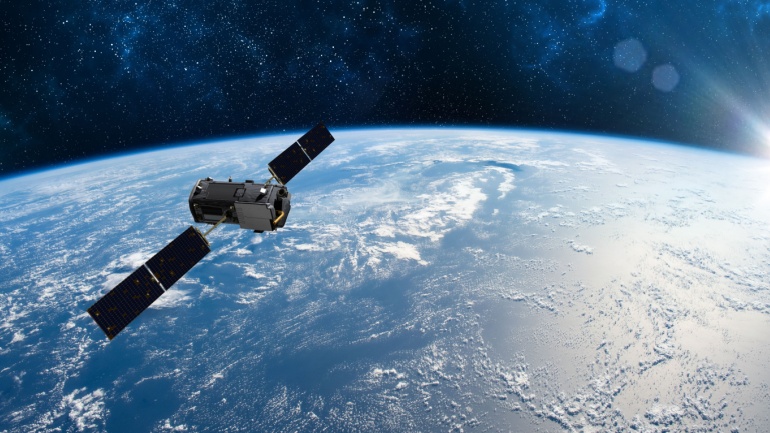Spain has invested €13.8M in Sateliot to enhance its LEO satellite constellation for defense, security, and logistics. With €58.8M raised in its Series B round, plus a €30M EIB loan, Sateliot aims to revolutionize global IoT connectivity via 5G satellites, targeting €1B revenue by 2030.
Explore the latest collaboration between UK-based cellular IoT MVNO, Eseye, and satellite provider, Sateliot. Together, they are transforming the IoT landscape by extending network coverage with a cutting-edge satellite solution, promising seamless global connectivity.
Barcelona-based satellite IoT provider Sateliot has secured €10 million in a Series B funding round led by Global Portfolio Investments. This investment will enhance Sateliot’s NB-IoT constellation, aiming for 100 satellites by 2028. The company plans to offer real-time global coverage, targeting sectors like agriculture, industry, and logistics.
Barcelona-based Sateliot has launched four LEO nanosatellites via SpaceX to expand its satellite IoT services. This move aims to connect eight million devices and secure €30 million in funding. Utilizing a 5G core through AWS, Sateliot’s NB-IoT constellation targets 100% global coverage and offers cost-saving IoT solutions.
At MWC 2025, Giesecke+Devrient (G+D) announced a major leap in satellite IoT, partnering with Skylo and Sateliot to offer 5G-compatible NB-IoT services via GEO and LEO satellites. This move enhances global IoT coverage, addressing connectivity gaps in remote areas and benefiting industries like logistics and agriculture.
Unveiling a transformative pact in the maritime industry, Spain’s Sateliot and maritime container tracking leader T42 aim to revolutionize container tracking and monitoring with 5G-IoT technology. This exceptional venture will deploy thousands of 5G-IoT sensors linked to Sateliot’s LEO satellite constellation, promising unparalleled oversight over sea-borne goods.
Amazon’s Project Kuiper, which birthed two prototype satellites aimed to test potential satellite broadband service, operates similarly to Space-X’s Starlink and OneWeb. The venture is set to increase internet connectivity in remote areas using an extensive satellite constellation. Still, the delay in launching has welcomed accumulating competition. Rabid advancements by competitors including satellite direct-to-device technology pioneers and those concentrating on 5G NTN IoT services could tilt the scales. Would adopting the 5G NTN-compatible network give Project Kuiper a competitive edge? Or will the ongoing innovations by industry leaders overshadow it? However, underlying operational challenges and time constraints might hamper Amazon from contemplating a substantial shift in direction.
Delving into satellite technology, Telefónica forms a strategic alliance with Starlink to enhance global connectivity, specifically targeting rural and hard-to-reach regions. With initial implementation in Mexico, this high-speed internet service is set to expand to five more markets, indicating a promising shift in accessible global digital inclusion. But is this the harbinger of a new connectivity era or just a companion to existing solutions?











